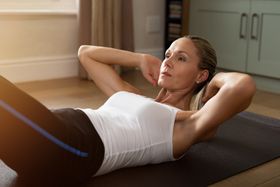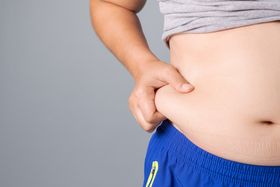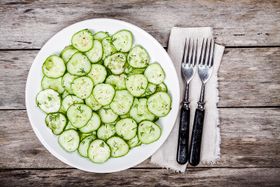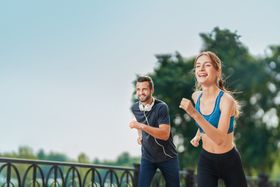Trim Down Answers
Have a question about diet and nutrition, exercise and fitness, or health and vitality? Our nutrition and fitness experts are here to help! We cover everything from menopause to metabolism boosters and beyond.
Recent Answers
Is It Possible to Get Arthritis in Your 20s?
Signifying ‘joint inflammation,’ arthritis is a blanket term for multiple diseases that affect joints rather than a single condition. Although there are more than 100 types of arthritis, the most comm
Asked 2 years ago
Can Arthritis Knee Pain Radiate Into the Calf?
Arthritis is characterized by chronic inflammation of joints, with the main symptoms including swelling, tenderness, pain, and stiffness. Just like arthritis can affect people in their 20s even though
Asked 2 years ago
4 Ways Exercise Helps You Sleep Better
Do you have trouble falling asleep at night? Do you wake up during the night and find it difficult to go back to sleep? Sleep troubles can leave you with fatigue and brain fog. Over time, this can lea
Asked 2 years ago
Does Having a Fast Metabolism Make You Hungrier?
Some people seem to stay slim no matter how much they eat. Their secret actually is a fast metabolism. While some are born with this good luck, others who seem to get by just as easily have plenty of
Asked 2 years ago
5 Reasons Working Out Makes You Happier & Stress-Free
In addition to helping you lose weight and attain a shapely figure, exercise is extremely important for physical and mental health too. Take a look at five reasons why working out helps you feel happi
Asked 2 years ago
Related Articles
Recent Posts
Anju Mobin
Does Creatine Burn Belly Fat?
Healthy Living With TDC
Stay motivated to eat right & exercise with these tips, tools, & techniques
We don't email often. Unsubscribe anytime.




